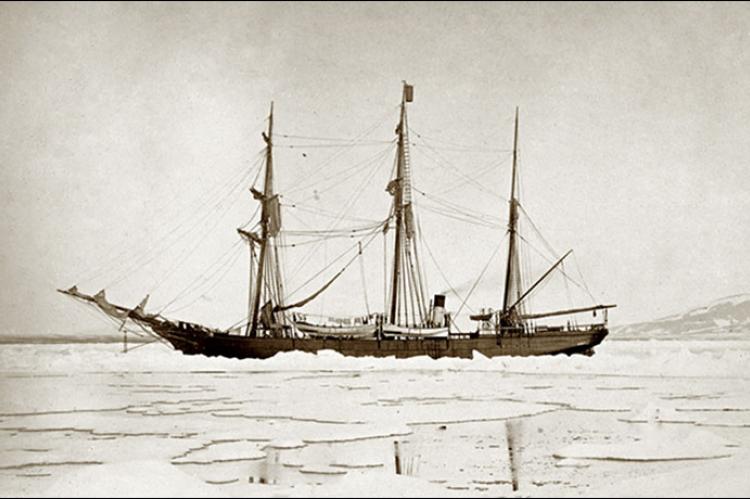Historic shipwreck found by divers near North Pole
Divers have confirmed that a shipwreck off Franz Josef Land in the Russian Arctic is that of forgotten British explorer Benjamin Leigh Smith.
A shipwreck found near the North Pole has been confirmed as the remains of the Eira, a British vessel belonging to Benjamin Leigh Smith that sank in 1881 after being crushed by ice floes. Leigh Smith was a fellow of the Royal Geographical Society and a cousin of Florence Nightingale. He undertook five major scientific explorations to the North Pole area but in 1881 he and his crew became stranded for more than 10 months in the freezing cold Franz Josef Land after their ship was crushed by giant icebergs.
The crew made a miraculous escape to safety nearly 150 years ago. After the Eira sank, the crew built a shelter from driftwood, rocks and ship masts and somehow survived six months of total darkness and intense cold in the Arctic winter. Fortunately some of the men were experienced hunters from the Shetland Islands and the group lived by hunting seals, walruses and polar bears. The 25 men had to wait 10 months for the ice sheets to clear before they could turn salvaged tablecloths into sails for a new boat.
They were rescued the next summer after a perilous journey in storm force winds in the Eira's four lifeboats to the waters off Novaya Zemlya where they were found by an expedition sent from England to rescue them.
Located in 2017
The ship was only located in 2017 when video cameras spotted an object just about as large as the Eira on the seabed near Cape Flora, an island just 550 miles from the North Pole which Mr Leigh Smith named after his cousin. Divers trained for six months to reach the wreckage at a depth of 18-20 meters, with water temperatures ranging between zero and minus one degrees Celsius and in September scientists from the Russian Maritime Heritage Open Ocean 2017 expedition made the 2,000 mile journey back to investigate further.
The boat has now been identified by divers from St Petersburg’s Maritime Heritage Association. Some of the items retrieved by divers made it possible to identify the yacht. A ceramic fragment was marked "London," and a bottle fragment contained the name of a rum producer from the city of Peterhead, where the yacht was built.





























